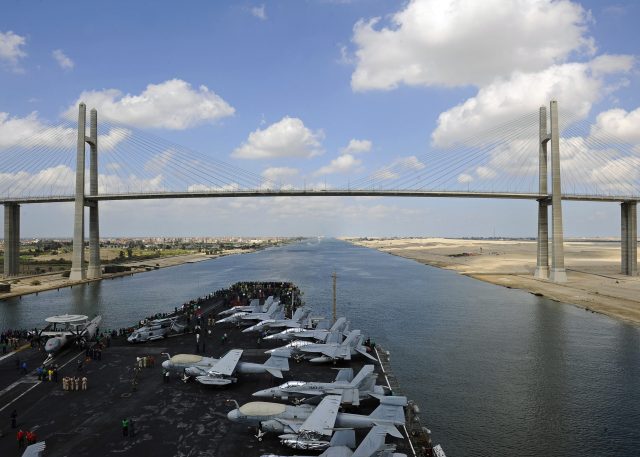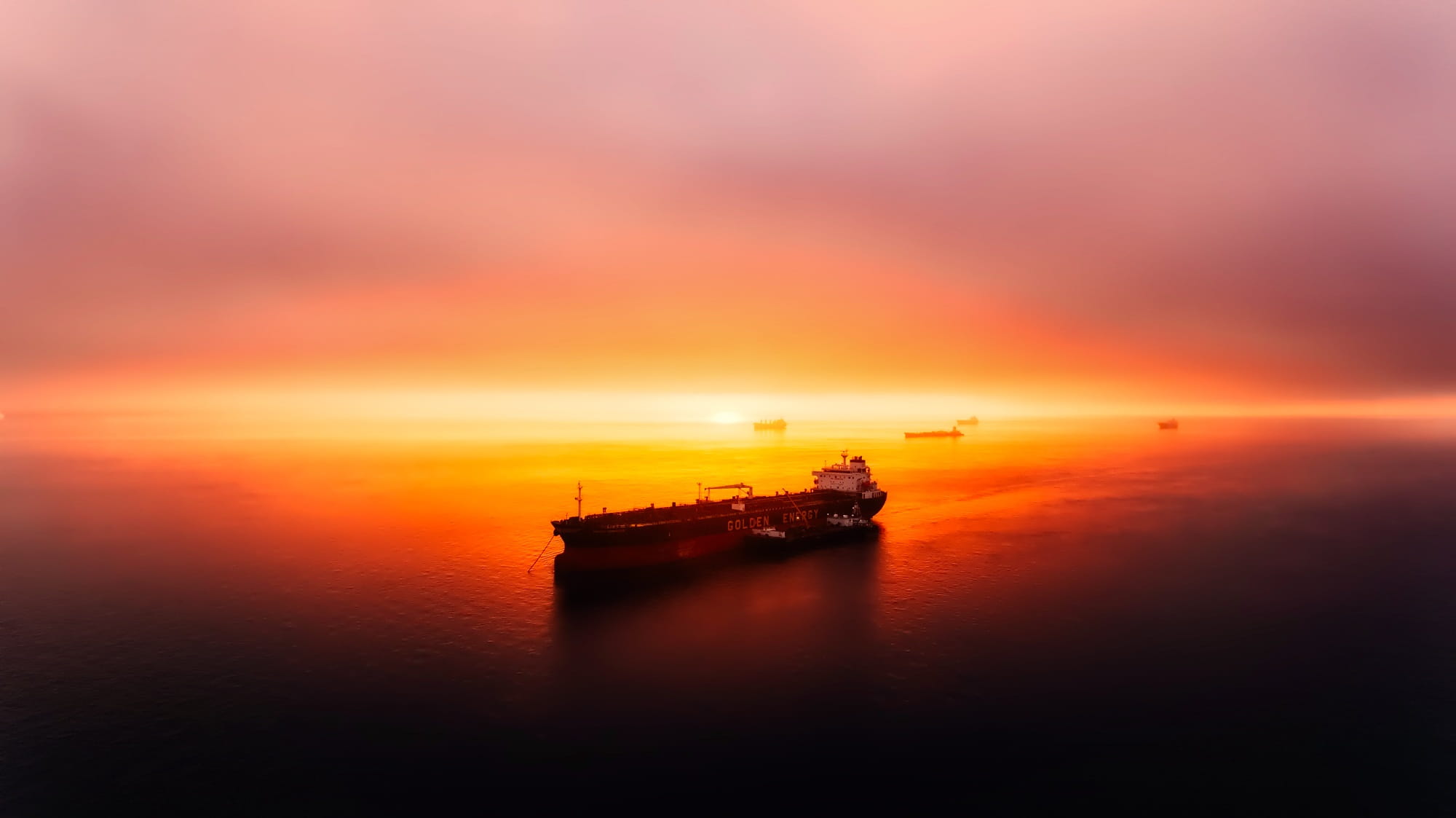
The EU will launch its own military mission in the Red Sea in mid-February to counter threats from Yemeni Houthi rebels and to ensure freedom and safety of navigation on one of the world’s most important trade routes.
Some have questioned why the EU did not react sooner to protect its interests in the area, believing that the European mission comes late and somewhat as an echo to the US-initiated mission, which the EU politely avoided participating in. It cannot go unnoticed, however, that the very name of the European mission – Aspides – which means protector, inadvertently brings to mind the name of the US military initiative, which they call Prosperity Guardian. Although it seems to act as if the effects of the Red Sea crisis are collateral to those of the war in Gaza – with which the Houthi rebellion is indeed related – the blockade created in the Red Sea could cost the EU dearly. And it’s not just significant economic losses, because of the drop in the volume of goods that can still pass through the Suez Canal. Everyone loses, especially Europe, except two countries that have secured access to Red Sea waters: Russia and China. But depending on the size, the disaster for the EU – whose entire trade with the Middle East and Africa, including its main trading partner Israel, is under threat – could be exploited by its current enemy number one, Russia. A Russia that has every interest in the EU and the US shifting their attention and financial resources away from the war in Ukraine to another conflict.
UN worries about declining Suez Canal trade volumes
The UN recently expressed concern about the significant decline in the volume of trade passing through the Suez Canal. From the end of November, when the Houthi attacks began, to date, trade through Suez has fallen by around 42%. The weekly transit of container ships has fallen even more alarmingly, by 67% compared to the same period last year, because the largest ships of this type no longer use the Suez Canal. On the other hand, transit of oil products is down by 18% and gas transit is halted.
UN officials say the situation is all the more worrying because there are also problems on other major freight routes. The Black Sea, for example, is blocked because of the war in Ukraine, and traffic on the Panama Canal has declined because of drought.

More than 80% of global trade in goods goes by sea, and the Suez Canal carries between 12% and 15% of the world’s seaborne trade in goods and 25%-30% of container shipping. It also carries 10% of the world’s oil and 8% of the world’s liquefied gas.
A record drop in wheat shipments through the Suez Canal, which fell by almost 40% in the first half of January. As for European Union exports, together with those from Ukraine and Russia, the decline was even greater – 42% – meaning just under half of the grain that would normally have gone through Suez followed bypass routes. Or these alternative routes mean extra costs – on insurance, fuel and not least on the climate as a result of the pollution of transport vessels. And the increased transport costs will ultimately be passed on to inflation.
The Red Sea crisis has tripled transport costs on the Shanghai-Rotterdam route
Transport costs on the Shanghai-Rotterdam route via Suez have tripled since the outbreak of the Red Sea crisis, according to Dutch Trade Minister Geoffrey van Leeuwen. In 2021, due to an oil tanker blocking the Suez Canal for several days, shipping companies lost $9.6 billion a day. And bypassing the African continent adds $300,000 to bills in fuel prices for each vessel. The economic impact hasn’t been felt yet, but the effects will certainly be visible in a few weeks, experts warn. The decline is close, transport prices have already risen and the impact on commodity prices will be felt in the near future. The effects on oil were to be expected, with prices per barrel rising, as they always do after the outbreak of a crisis in the Middle East. But the scale of the disaster will depend on how long the crisis lasts.
The EU economy is not doing too badly at the moment, but not very well either. According to experts, the EU is narrowly avoiding a recession, but a prolonged Red Sea crisis could prevent central banks from cutting interest rates this year. The OECD (Organisation for Economic Cooperation and Development) forecast for the EU this year is not exactly happy. The Paris-based organisation has already revised down its forecast for the eurozone because of the poor economic performance of Germany and France. The OECD’s forecast growth rate fell from 0.9% in November to 0.6% in January.
Who are the Houthis and who supports them?
The Houthi rebels have been waging a civil war against the Yemeni government since 2014. It is supported by a Coalition of Arab countries, led by Saudi Arabia and the United Arab Emirates, and the Houthis – by Iran. The Houthi group comes from Yemen’s Shiite Muslim minority and is named after its founder, Hussein al-Houthi. It was born in the 1990s to fight against President Ali Abdullah Saleh and his regime, which it considered corrupt. Its closeness to Iran is more or less official, with the Houthis declaring themselves part of the Iranian-led “axis of resistance” against Israel and its Western allies, which also includes the terrorist organisations Hamas (Gaza-Palestine) and Hezbollah (Lebanon). In fact, the Houthis are inspired by the model of the armed group Hezbollah, which provides them with military expertise and training. And Iran is suspected of providing them with weapons and intelligence to attack ships.
Who stands to gain from this Red Sea crisis?
The Red Sea conflict does not particularly affect Russia. On the contrary. Having common interests with Iran, it gains from all the conflicts they have orchestrated together (or separately), from the destabilisation – political and economic – of Western democracies. If the crisis(s) in the Middle East are prolonged and exacerbated, all the oil and LNG export routes to countries in the region, including Israel, as well as to Europe and Asia, will be affected. Under these circumstances it is easy to answer the question of who wins from this conflict: Russia, which will sell its energy products more expensively. And one of the main consumers of these products is China. It is the second biggest winner from the Red Sea crisis. While other shipowners have changed their routes, the Chinese merchant navy has been redeploying its ships to sail through the Suez Canal to Europe. And that’s because the rebels aren’t attacking Russian and Chinese ships. Analysts warn that China’s immunity gives it a strategic advantage over the competition that will bring it significant profits. Beijing thus finally has a clear path to the European market it has long desired.
155 years since the Suez Canal was opened
This year marks the 155th anniversary of the Suez Canal, an impressive project by French entrepreneur Ferdinand Lesseps. The canal is 193 kilometres long and 300 metres at its narrowest point, allowing ships to pass in both directions between the Mediterranean and the Red Sea. The waterway is on Egyptian territory. If Lesseps had not convinced Viceroy Muhammad Said Pasha a century and a half ago of the project’s extraordinary advantages, ships leaving European ports would today have to sail around Africa, travelling an extra 24 000 km to reach Asia.



 Subscribe
Subscribe